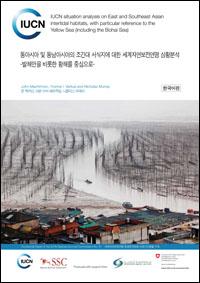Search: Resources

Jointly published | 2023
As the World Heritage Convention celebrates its 50th anniversary in 2022, over 1100 sites around the world are recognized as World Heritage - places that are so valuable to humanity that there conservation has been deemed our collective responsibility. Yet many of these exceptional places face…

Publication | 2012
The IUCN Species Survival Commission and IUCN Asia Regional Office commissioned this independent report to assess the state and condition of intertidal habitats along the East Asian-Australasian Flyway (EAAF), in response to growing concerns expressed by IUCN members over observed declines in…
